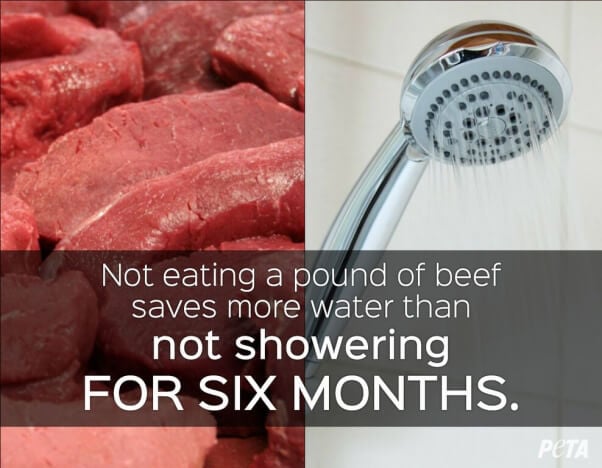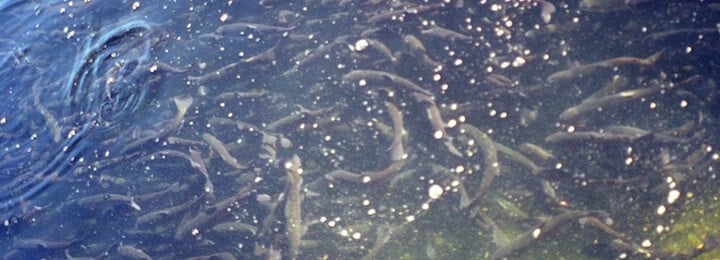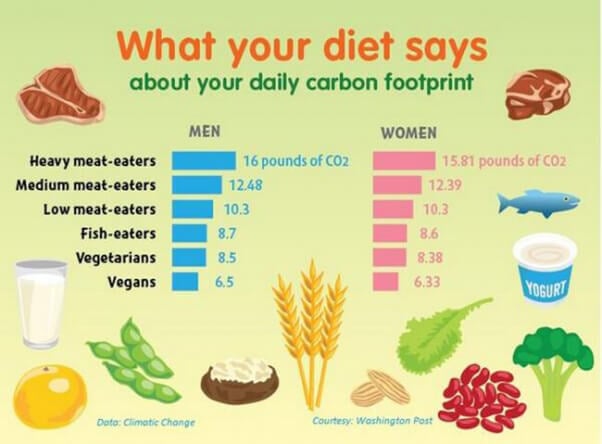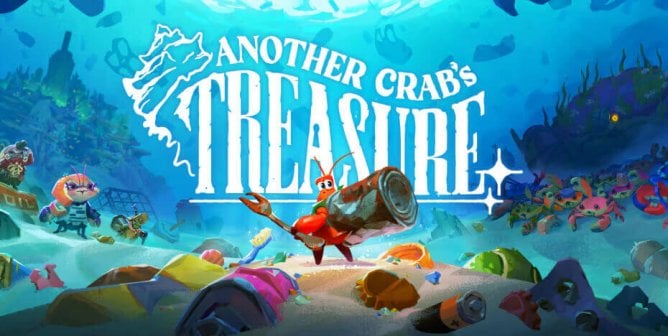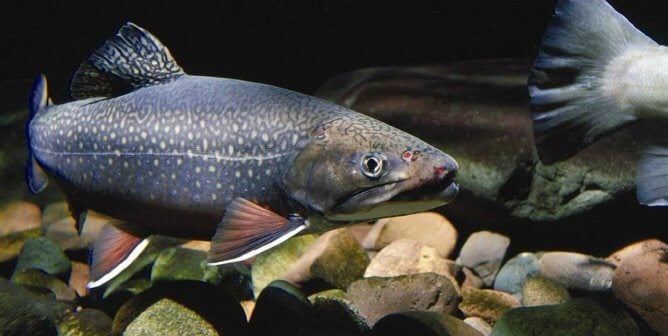Fight Climate Change With Diet Change
Climate change is already threatening life on Earth, and if we don’t change our ways far more significantly than by just changing our light bulbs, we will destroy the planet. Talking about it isn’t enough. There is one simple thing that we must all do to combat climate change and ensure a sustainable future: Go vegan.
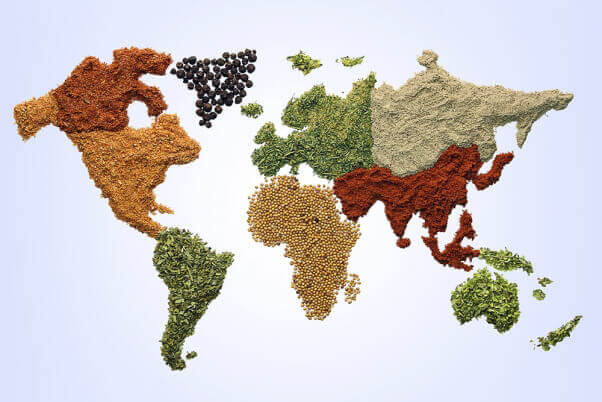
Climate Change: More Than a Little Hot Air
Let’s keep the science lesson simple: Gases in the atmosphere act like a blanket to keep the planet warm and habitable. Some human activities release harmful greenhouse gases into the atmosphere and cause the Earth to warm too much, significantly changing climate patterns around the world.
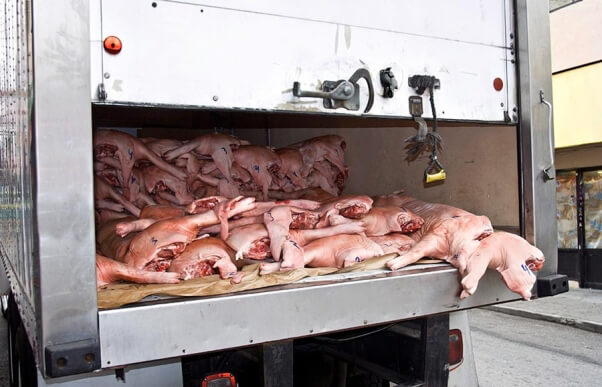
More powerful hurricanes, intense rain, flooding, severe droughts, more wildfires, insect irruptions, and record temperatures are some of the signs of climate change that we’re currently experiencing. Melting glaciers, rising sea levels, a warmer and more acidic ocean, and shrinking sea ice are also symptoms of a warming planet, with serious global impacts on coastal and marine life.
Meat Trashes the Environment
What does this have to do with cheeseburgers and chicken nuggets? Plenty. For one thing, plants turn carbon dioxide and other harmful greenhouse gases into vital oxygen. But every day, about 80,000 acres of rainforest—along with 135 plant, animal, and insect species—are destroyed, and the meat and dairy industries are largely to blame. Animal agriculture is the number one culprit of deforestation in nearly every Amazon country, as more than 90 percent of the land that has been cleared since 1970 has been used for livestock grazing.
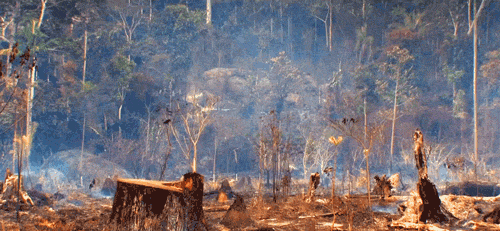
To make matters worse, the carbon dioxide that trees and plants store during photosynthesis is released back into the atmosphere when they are burned down to make room for grazing and feed crops. One of the main crops grown in the rainforest is soybeans used for animal feed. (Don’t worry, the soybeans used in most veggie burgers, tofu, and soy milk products are grown elsewhere.)
Methane is another potent greenhouse gas, and animals raised for food produce significant amounts of methane during their digestive processes and afterward when vast quantities of their waste continue to release the potent greenhouse gas—in other words, yes, we’re talking about burps, farts, and manure. In the U.S. alone, the digestive processes of cows, pigs, chickens, and other animals used for food and the management of manure together account for more than a third of total methane emissions.
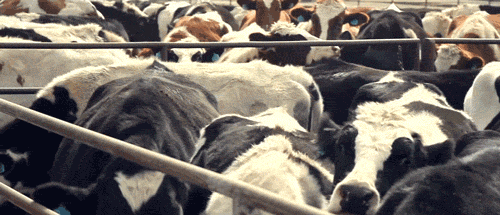
Producing animal feed requires significant amounts of fertilizer. Every year, growing feed for cows, pigs, chickens, and other animals requires 17 billion pounds of nitrogen fertilizer, which, when applied to soil, generates nitrous oxide, a greenhouse gas that has 300 times the global warming potential of carbon dioxide.
In addition to causing greenhouse-gas emissions, raising animals for food takes an enormous amount of water to grow crops for animals to eat, clean filthy factory farms, and give animals water to drink. A single cow used for milk can drink up to 50 gallons of water per day—and twice that amount during hot weather—and it takes 683 gallons of water to produce just 1 gallon of milk.
Need another stat?
With no sewage treatment plants for manure, it is often stored in waste “lagoons” or sprayed over fields, causing air and groundwater pollution. Chicken factory farms in Maryland, for example, continue to pollute the Chesapeake Bay with phosphorous and nitrogen from untreated manure, despite attempts at regulation.
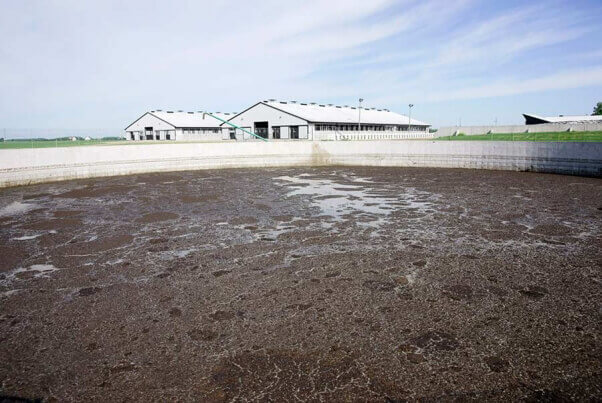
While factory farms are ruining our land, commercial fishing methods such as bottom trawling and long-lining often clear the ocean floor of all life and destroy coral reefs. They also kill thousands of dolphins, sea turtles, sharks, and other “bycatch” animals. Coastal fish farms release feces, antibiotics, parasites, and non-native fish into sensitive marine ecosystems. In addition, since most farmed fish are carnivorous, they are fed massive quantities of wild-caught fish. For example, it takes up to 3 pounds of fishmeal to produce every pound of farmed salmon.
Eat as if the Earth Matters … Because It Does
Anyone who cares about the planet and the future of its inhabitants can make one simple choice to help halt climate change: Eat vegan. Research show that meat-eaters are responsible for almost twice as many dietary greenhouse-gas emissions per day as vegetarians and about two-and-a-half times as many as vegans. The United Nations has said that “[a] substantial reduction of [climate-change] impacts would only be possible with a substantial worldwide diet change, away from animal products.”
If You’re Serious About Fighting Climate Change …
Fill out the pledge to go vegan and order a free vegan starter kit today. You can also check out how to go vegan in three simple steps.
Then share this post with your friends, family, and followers today!
